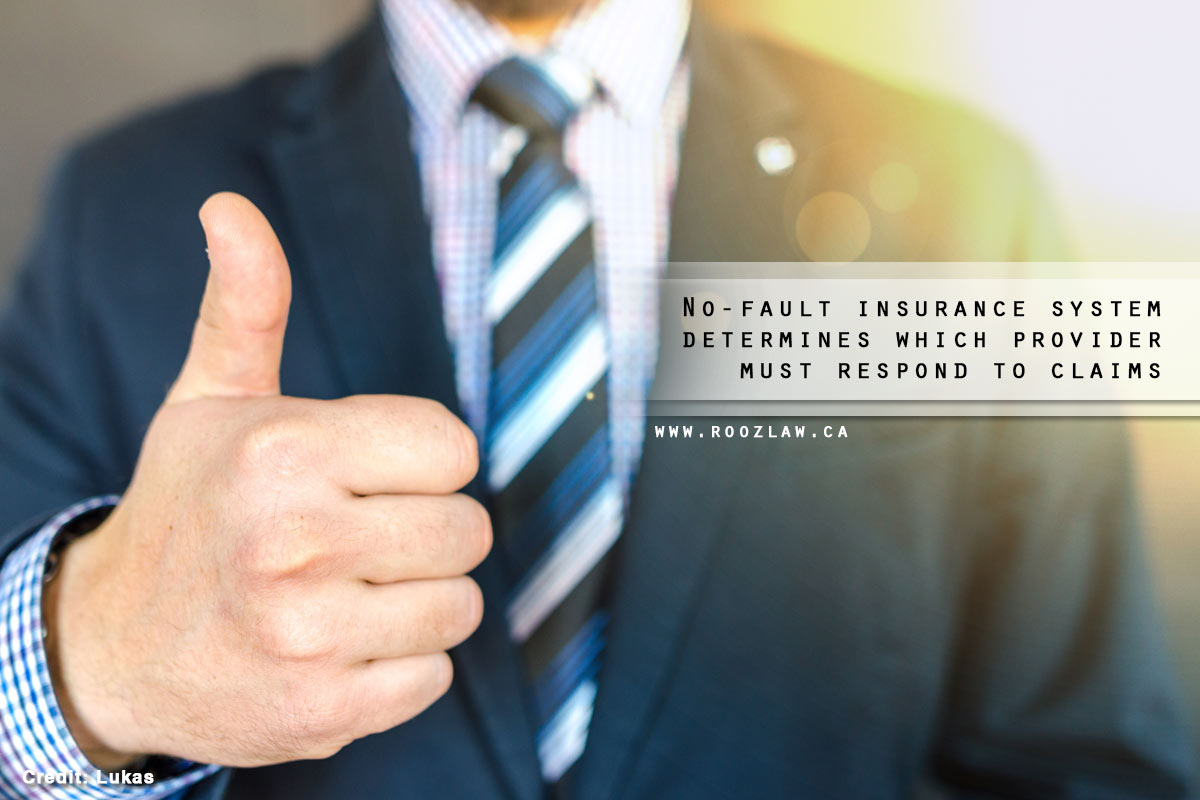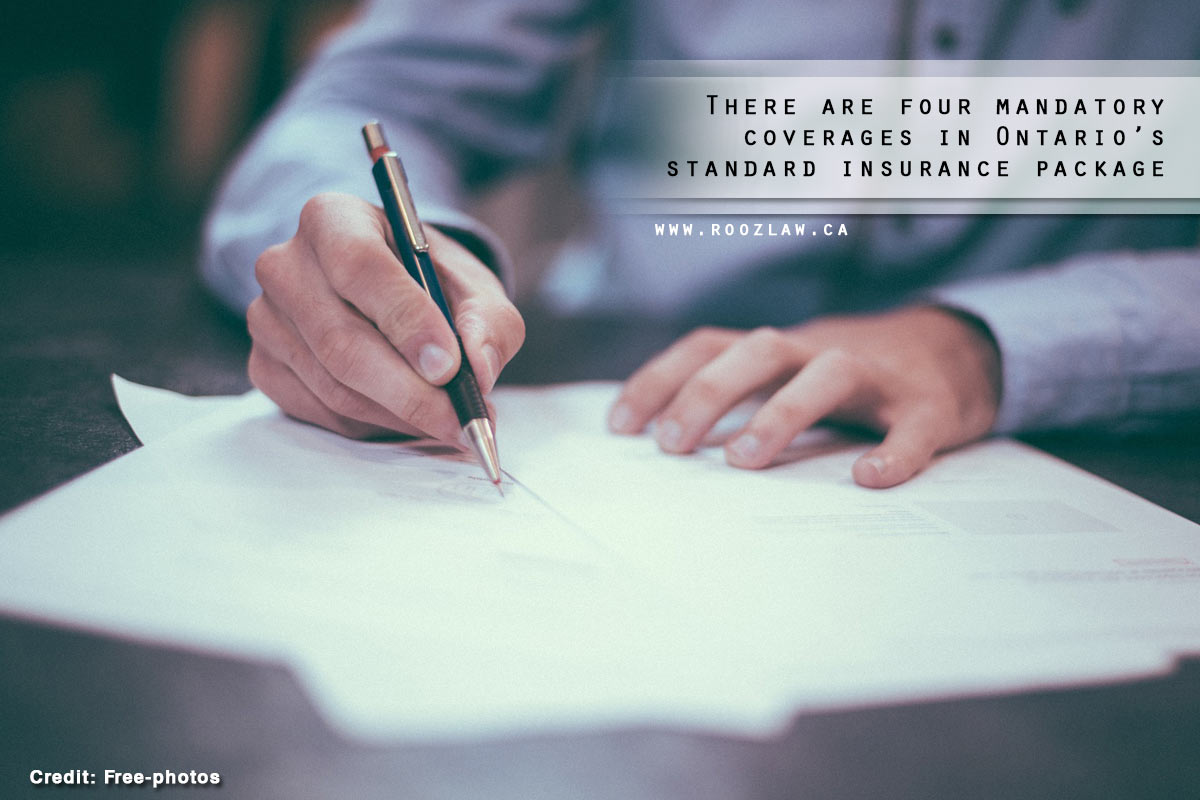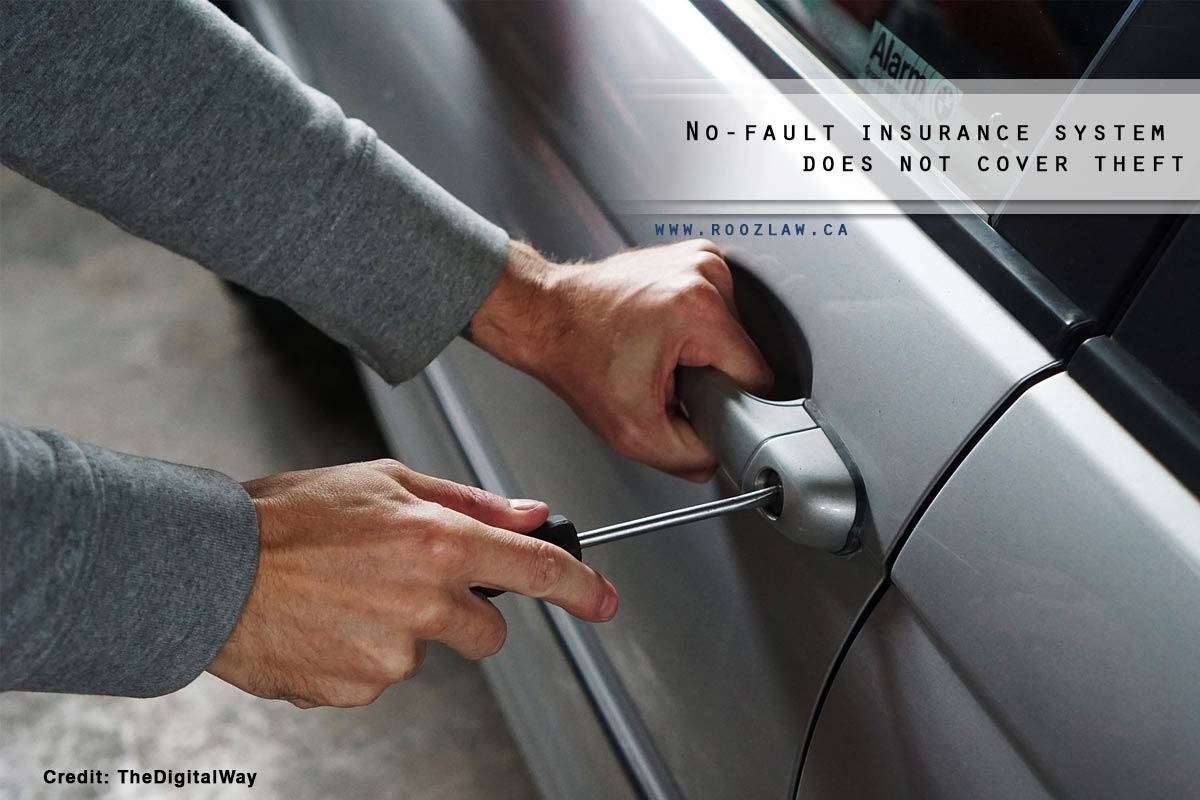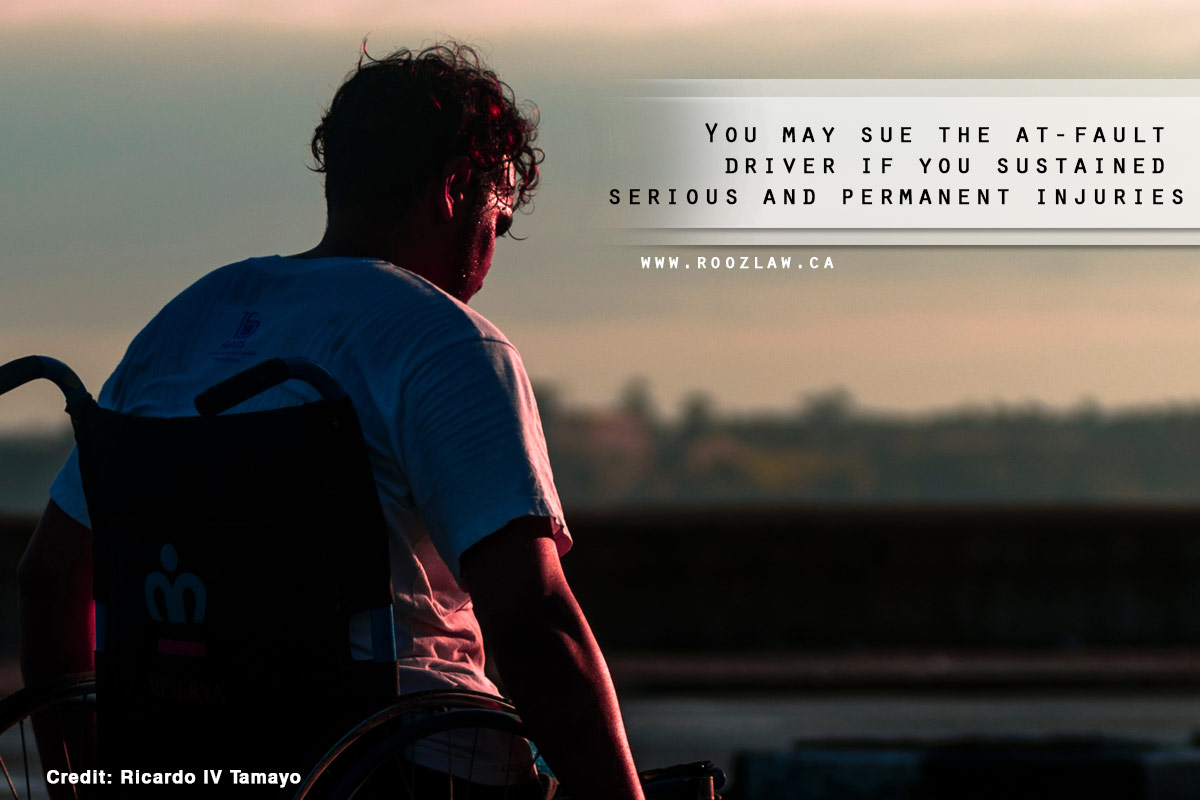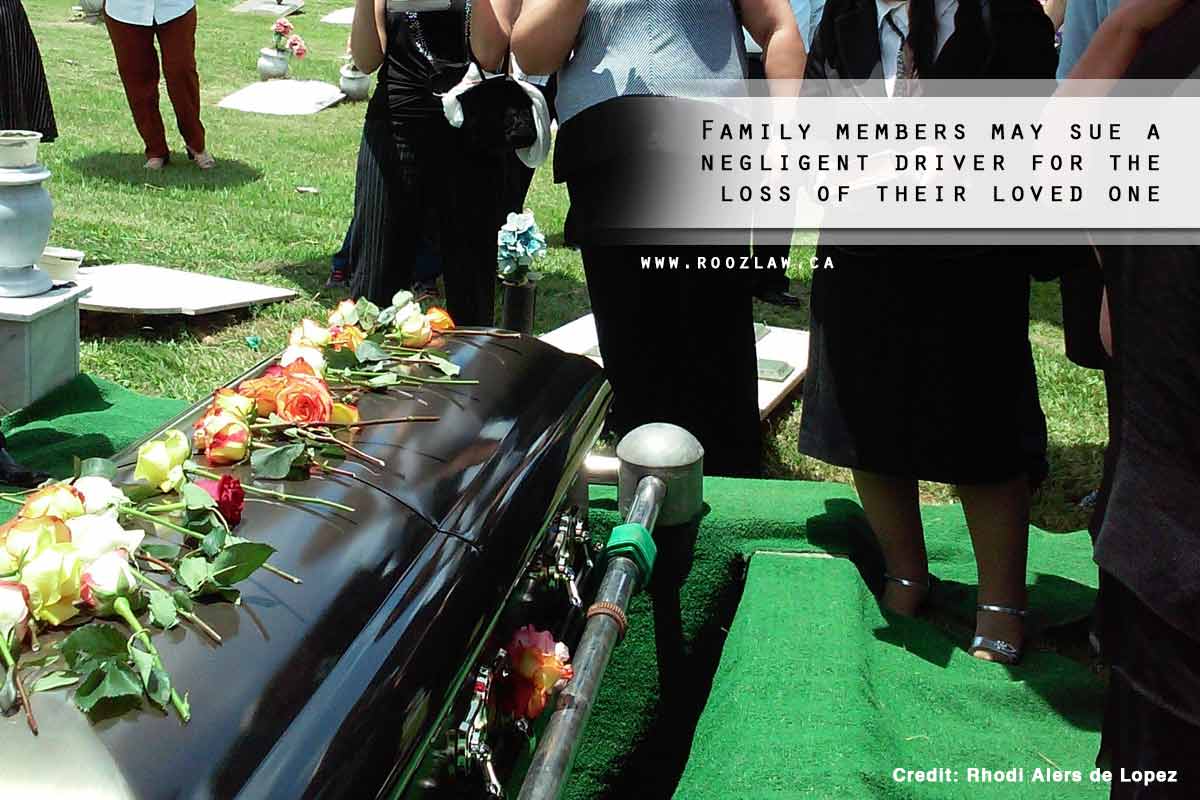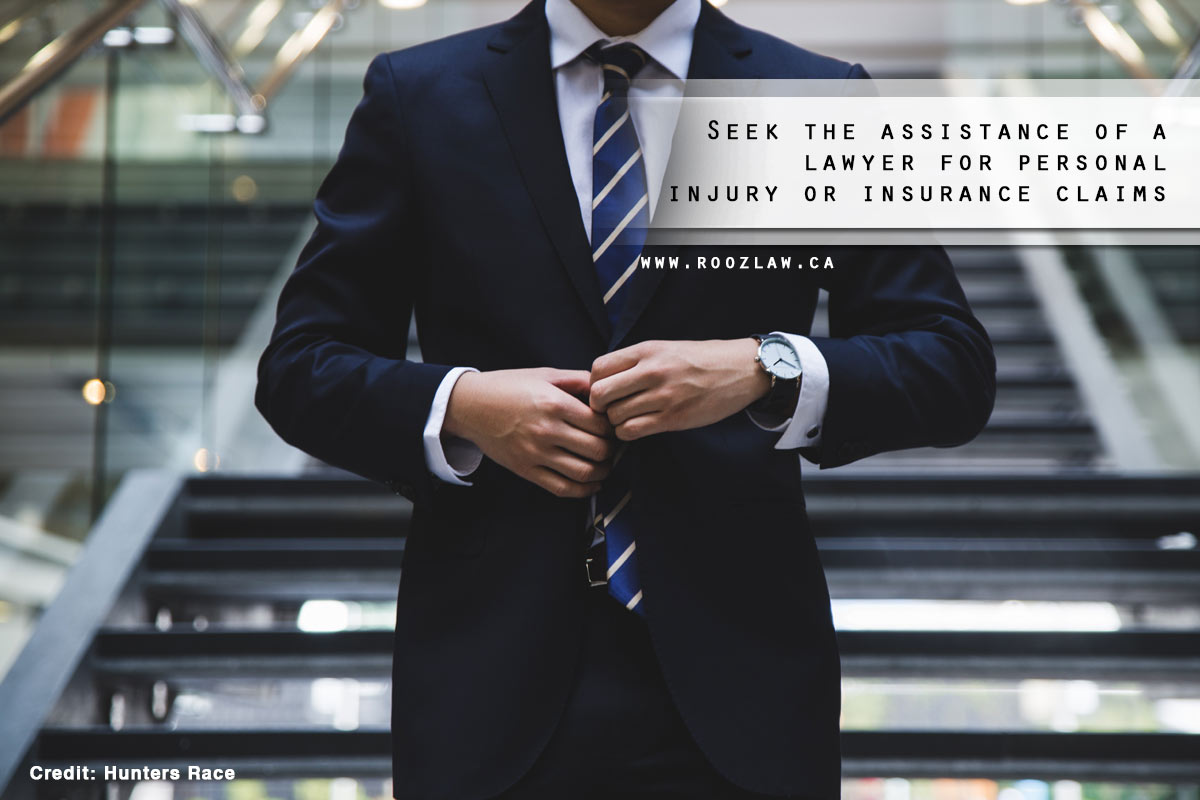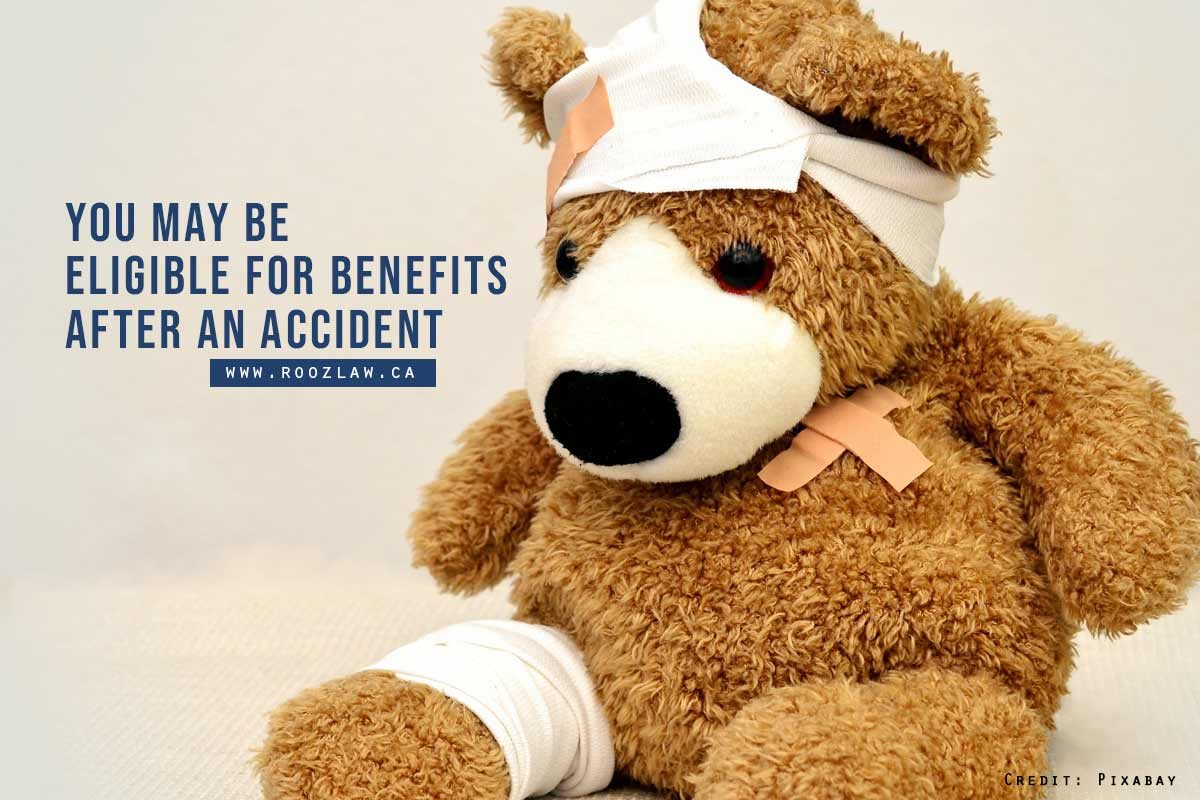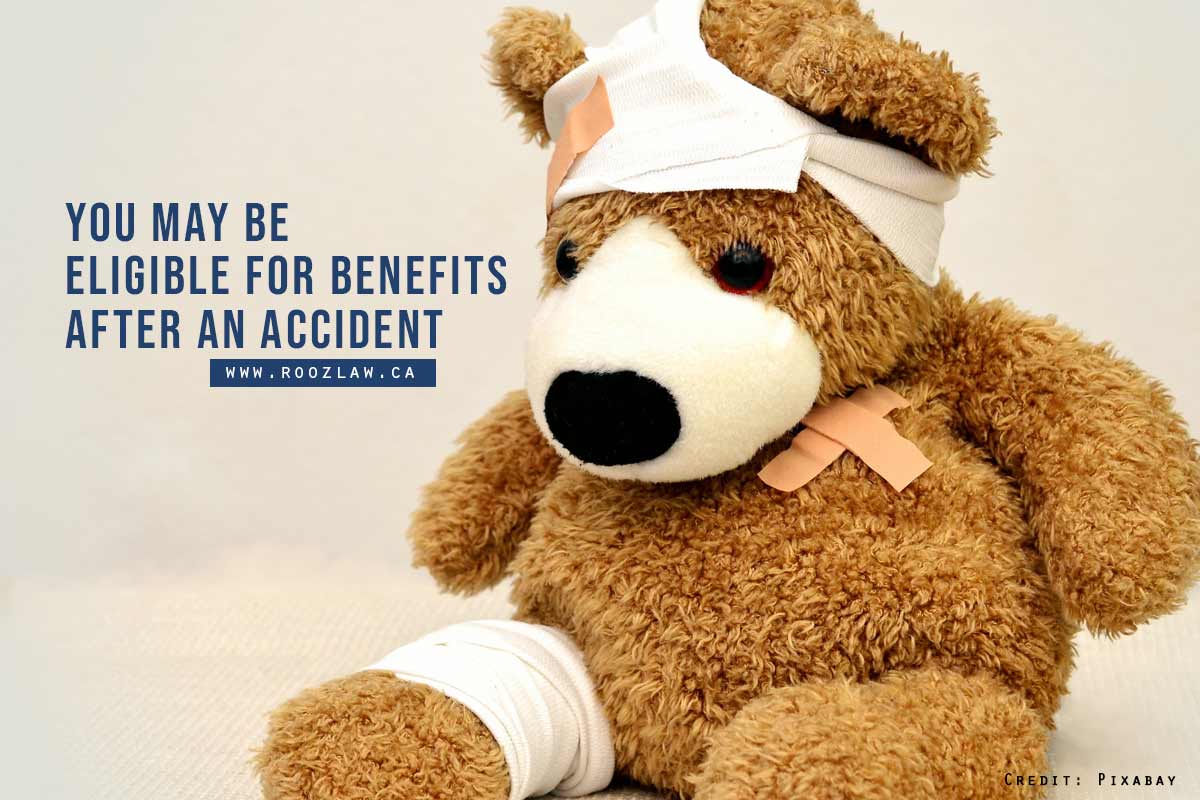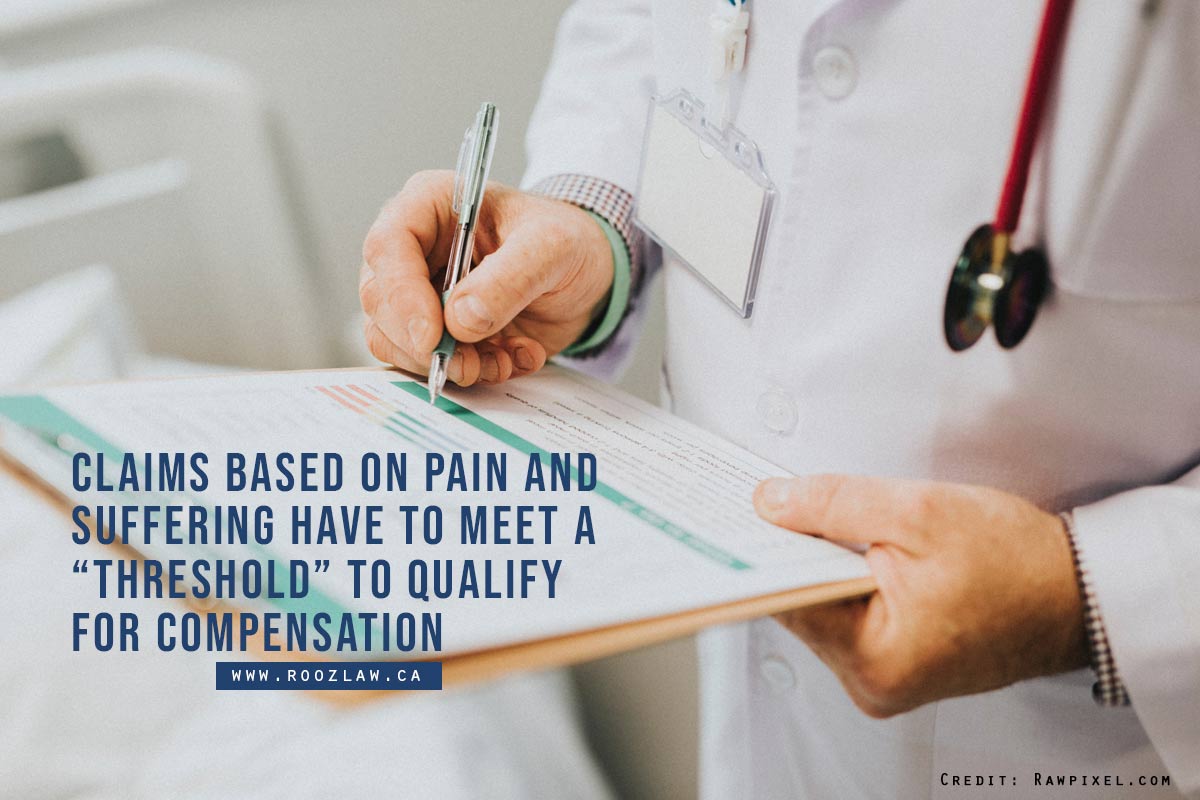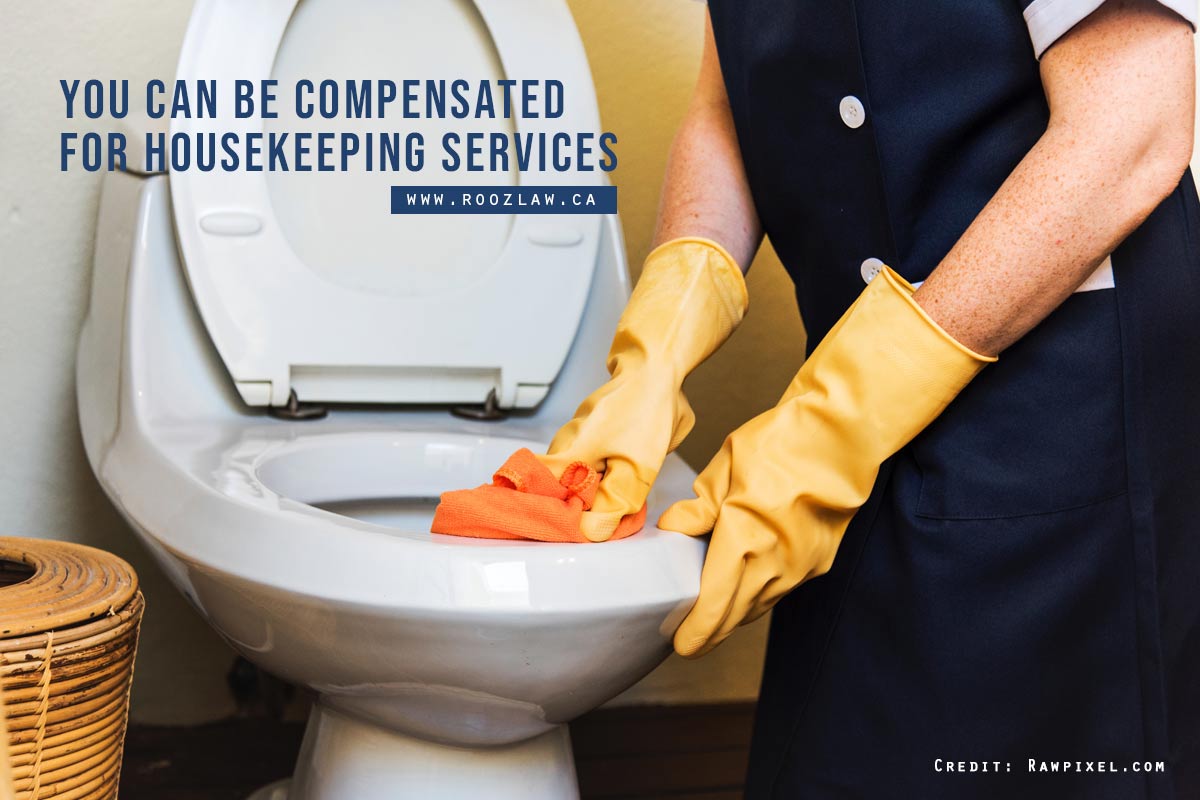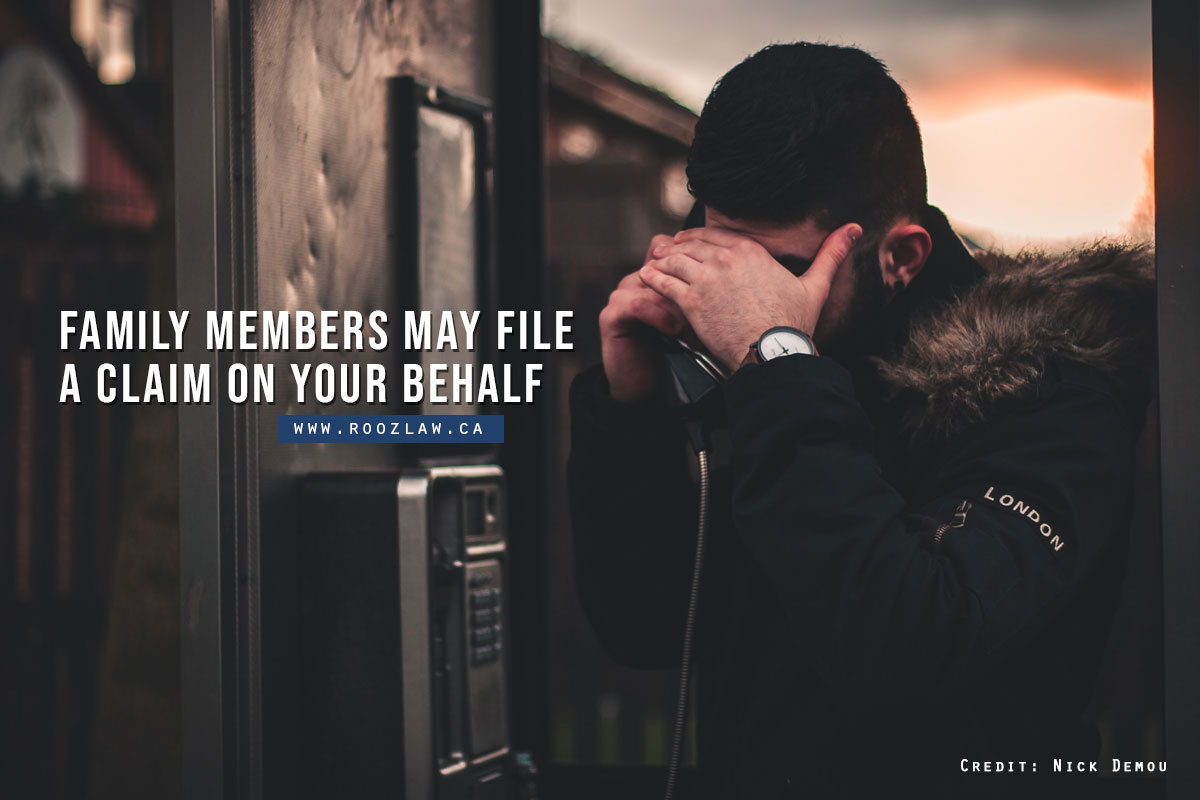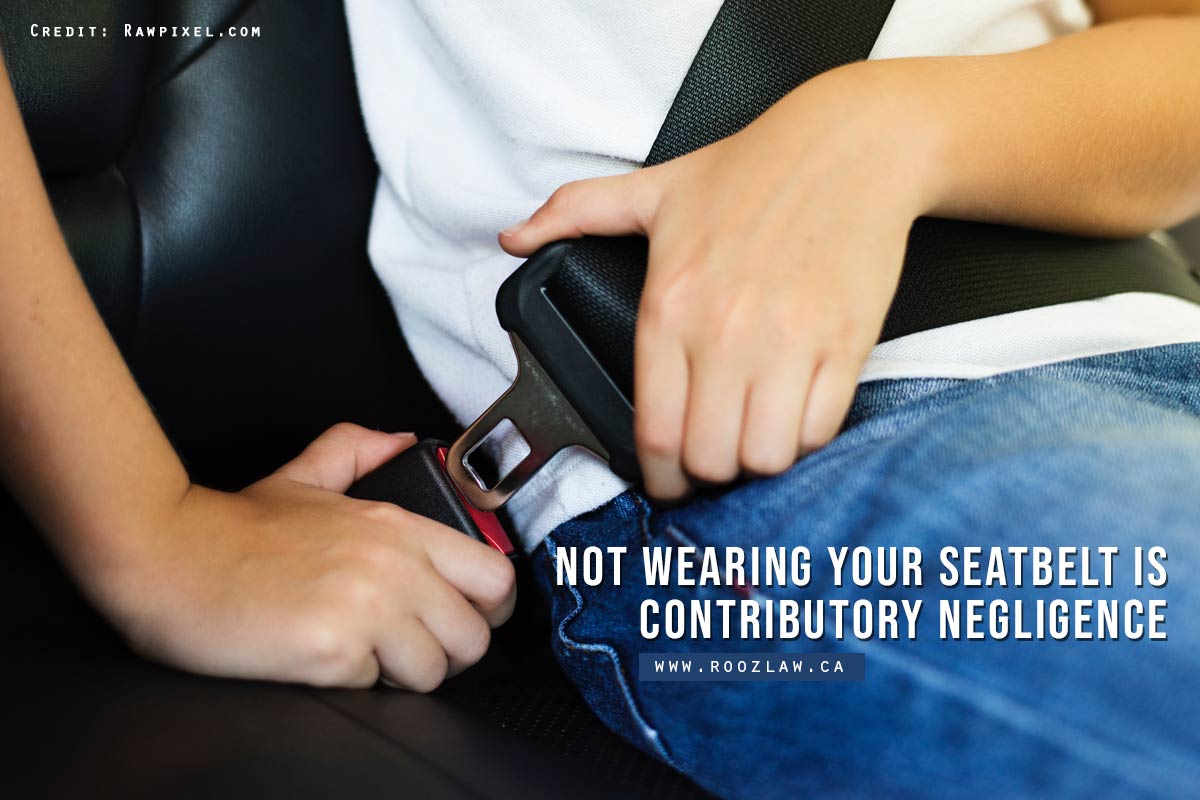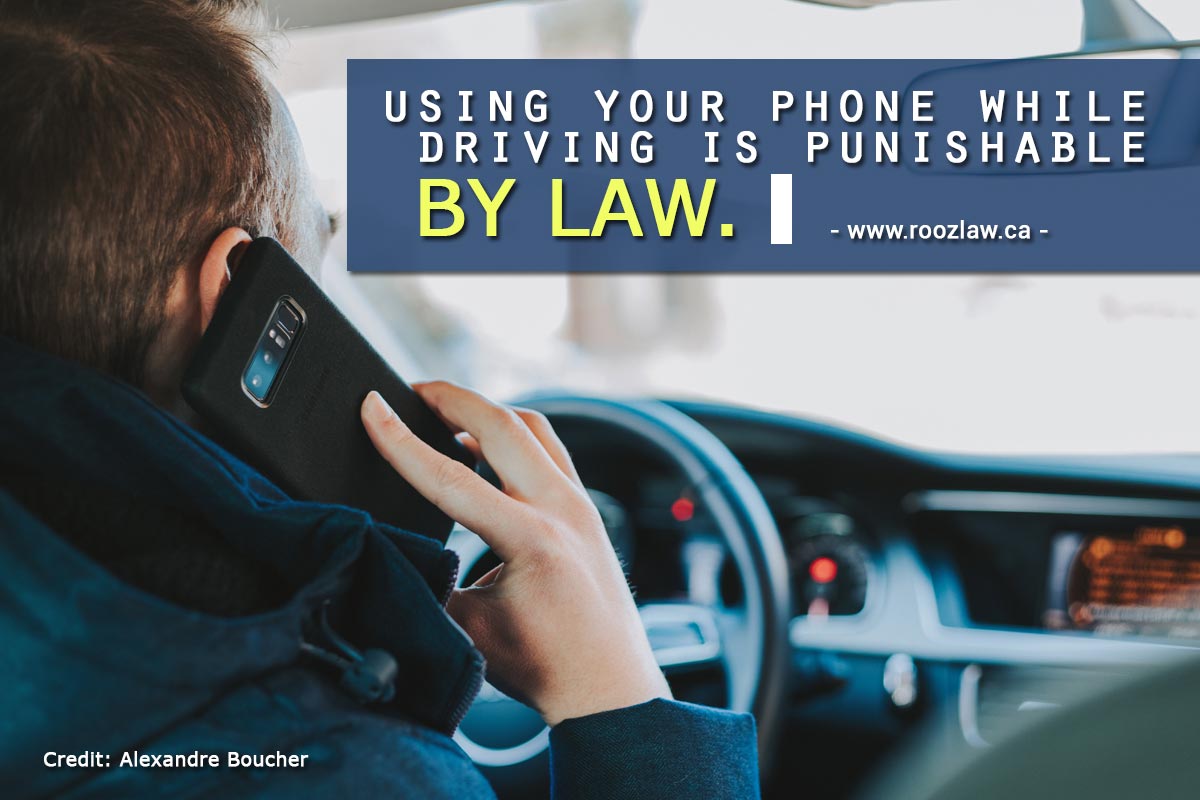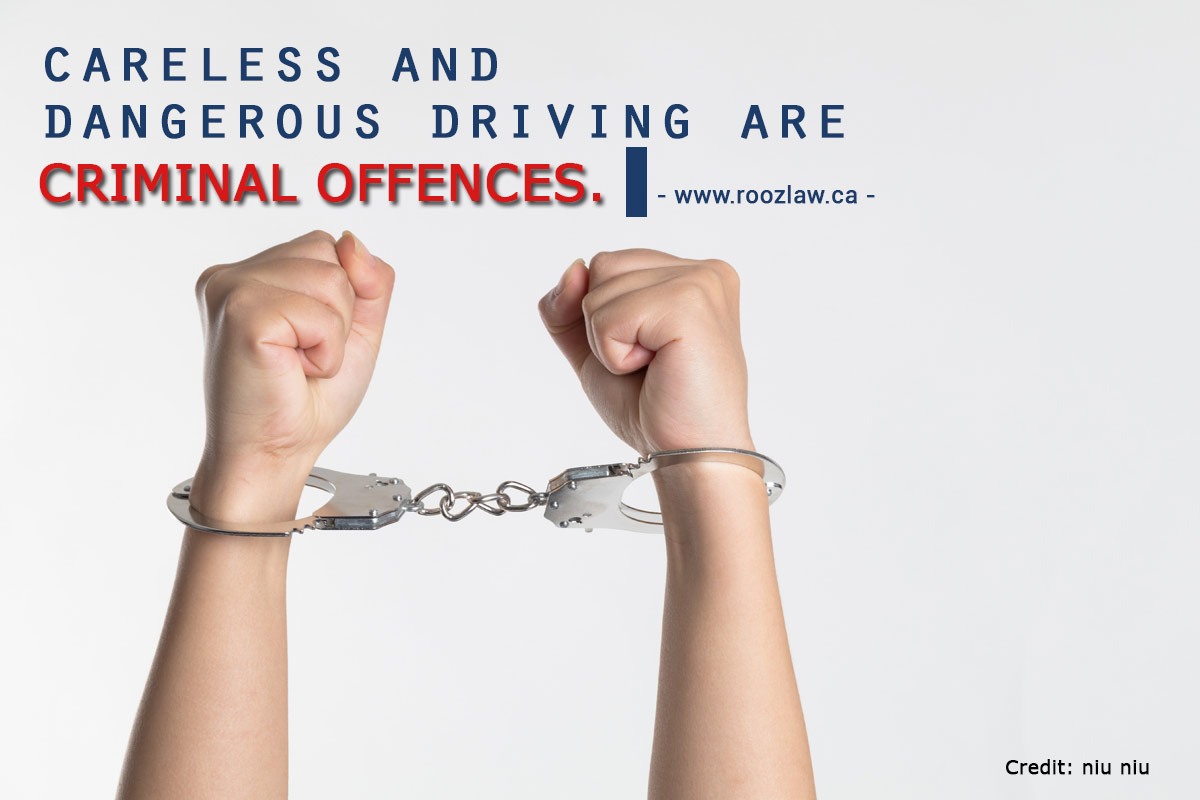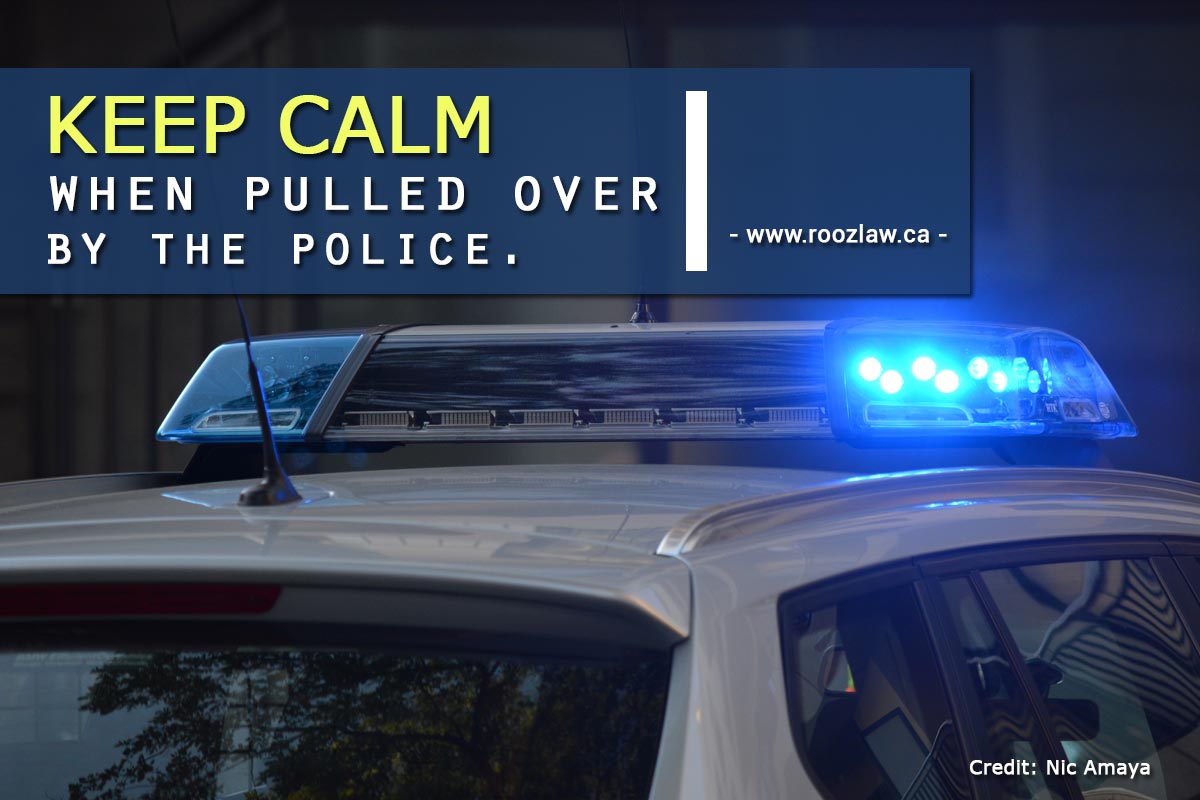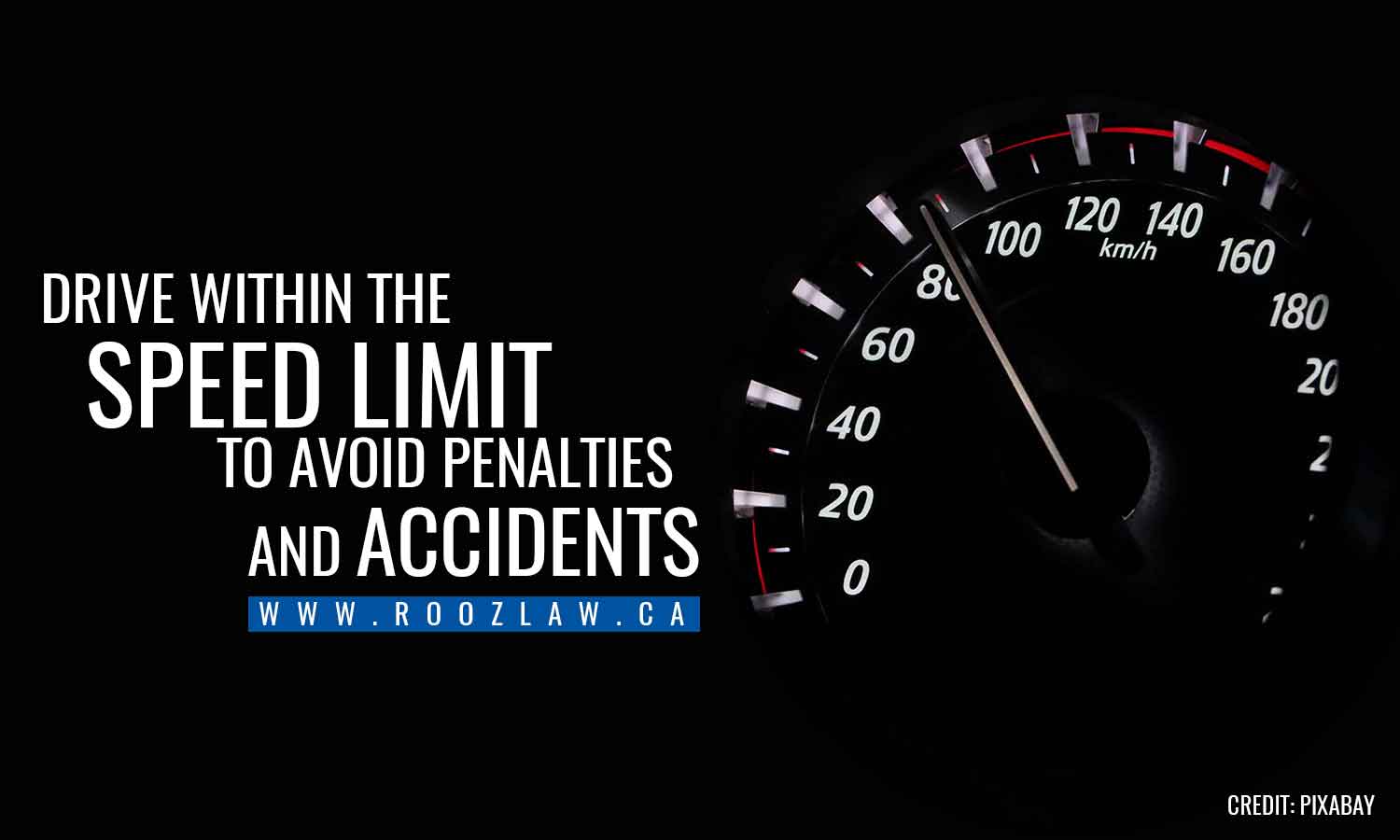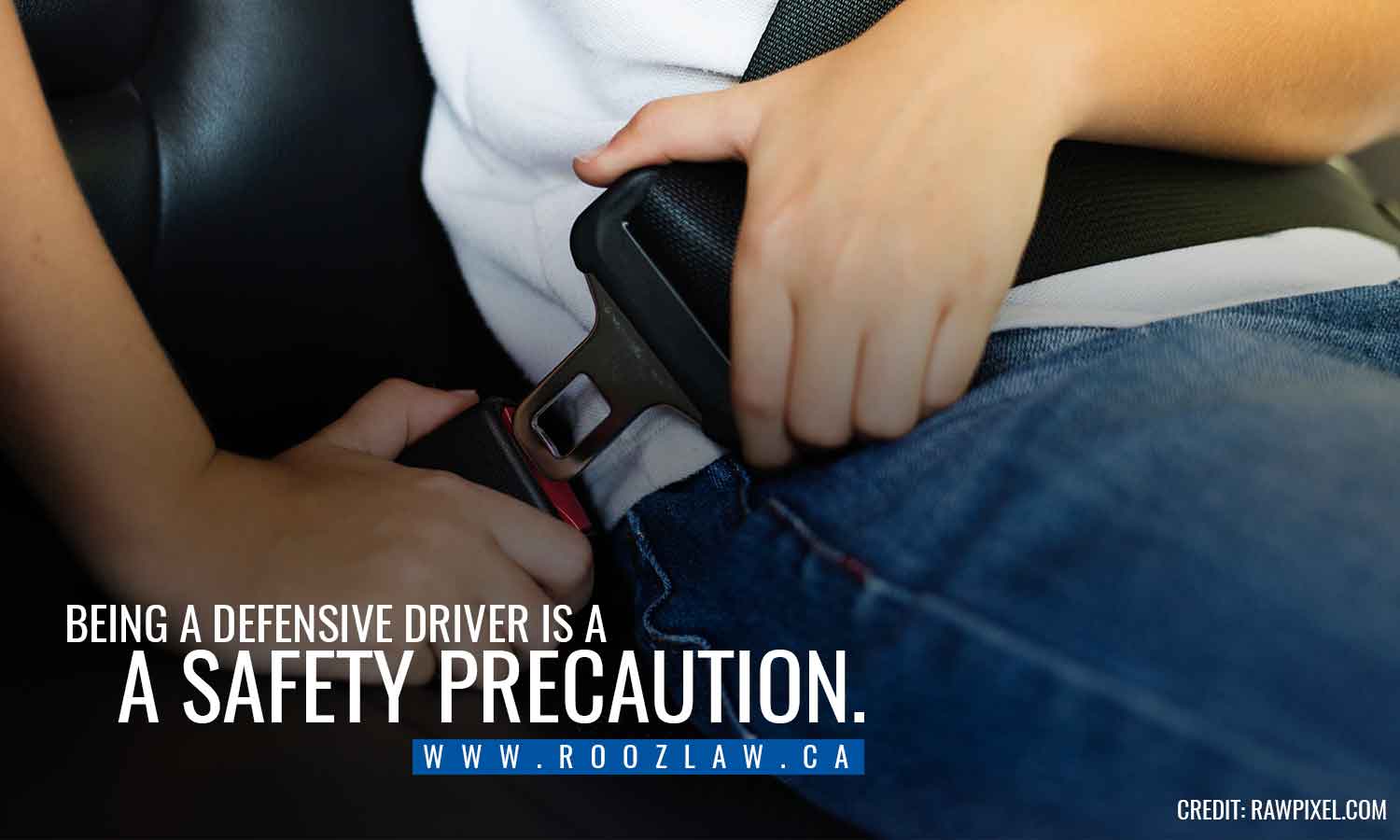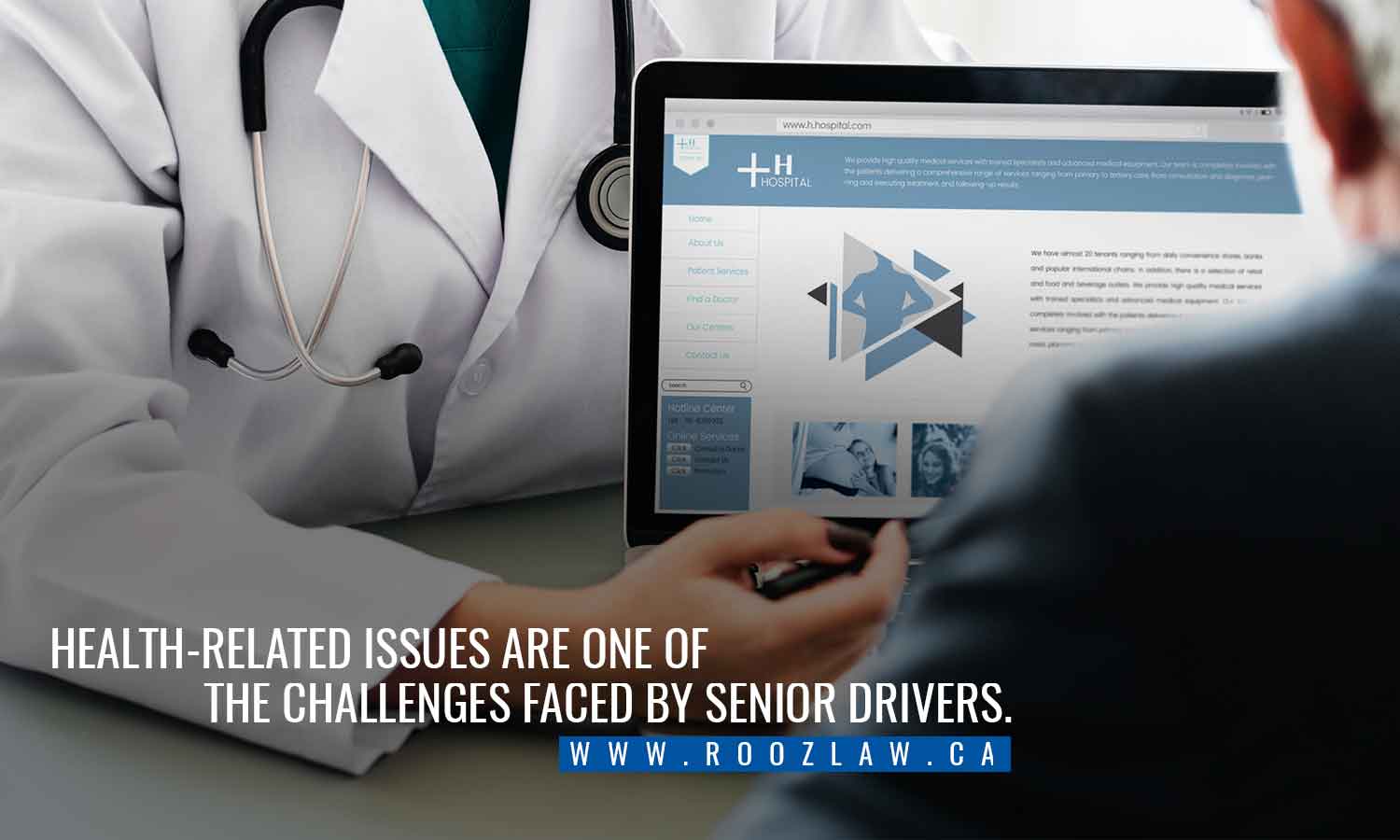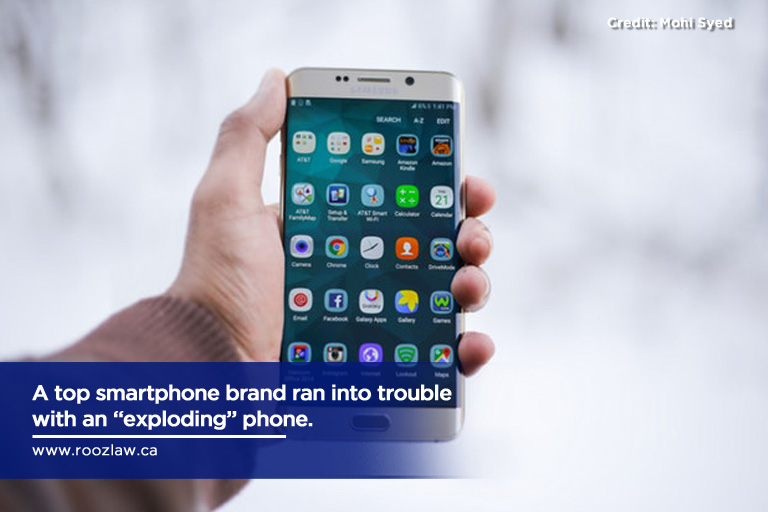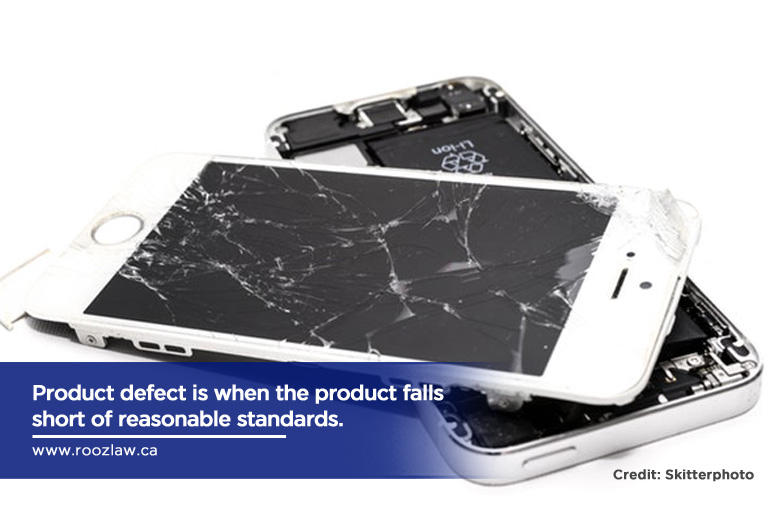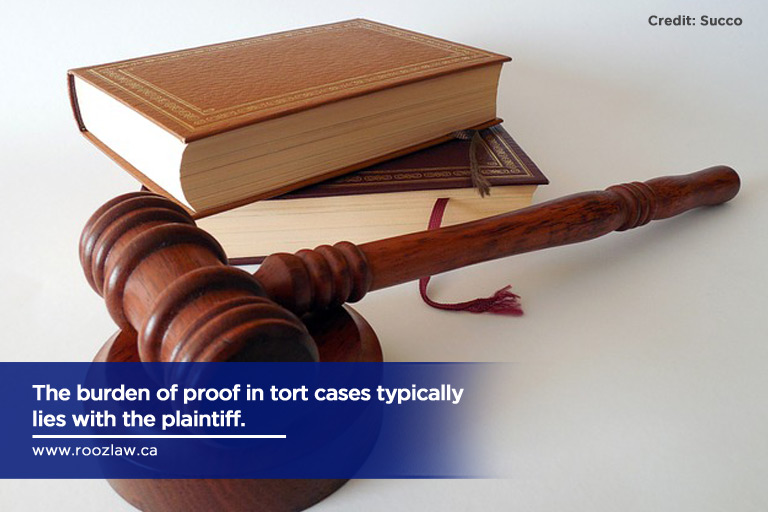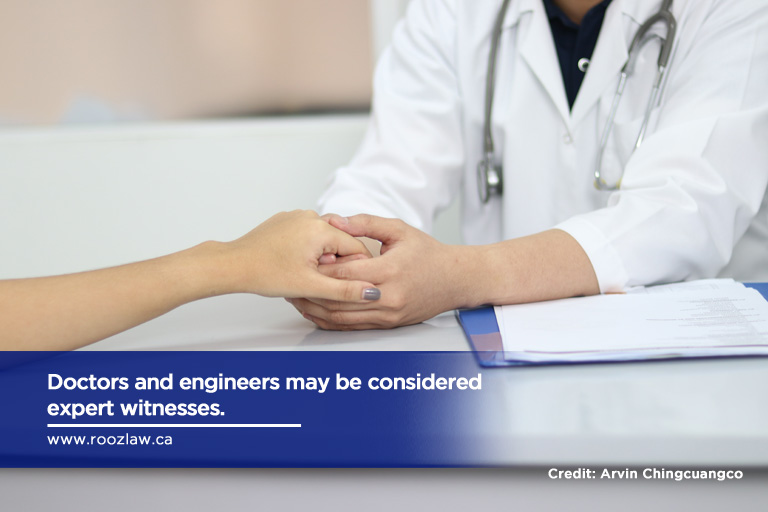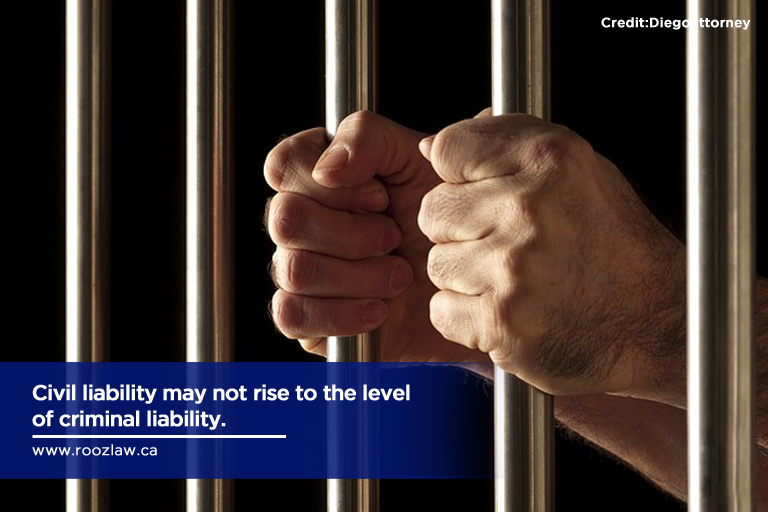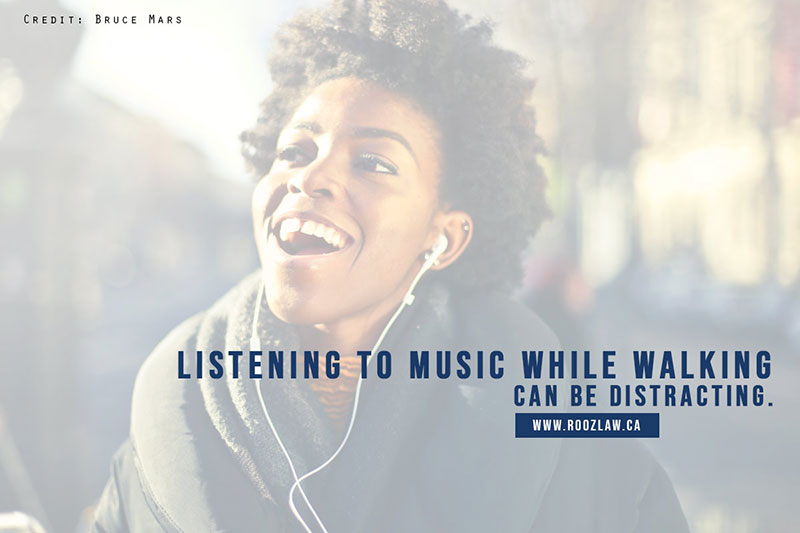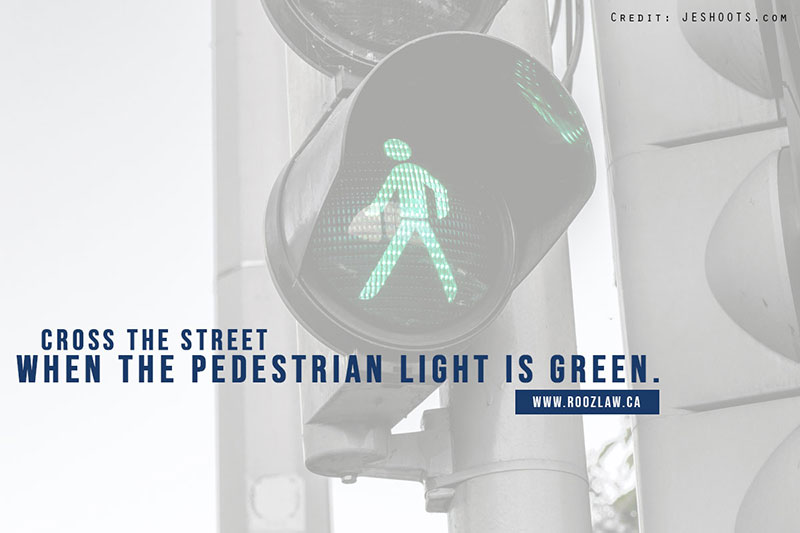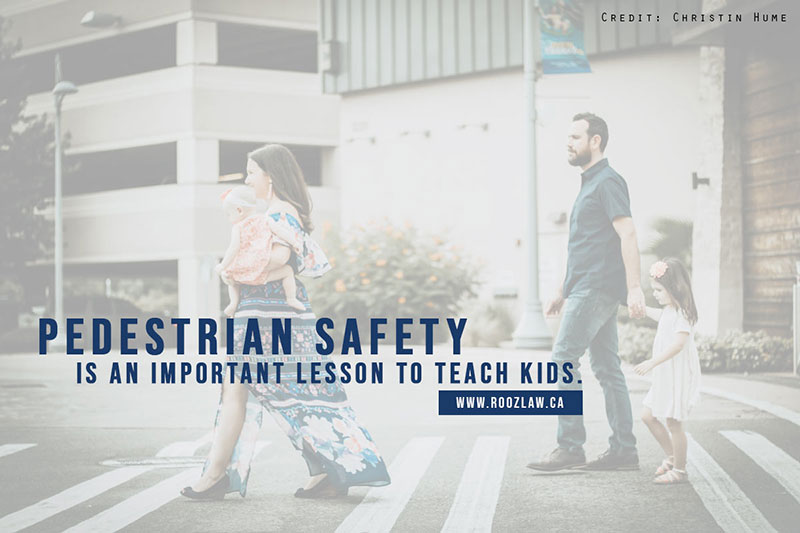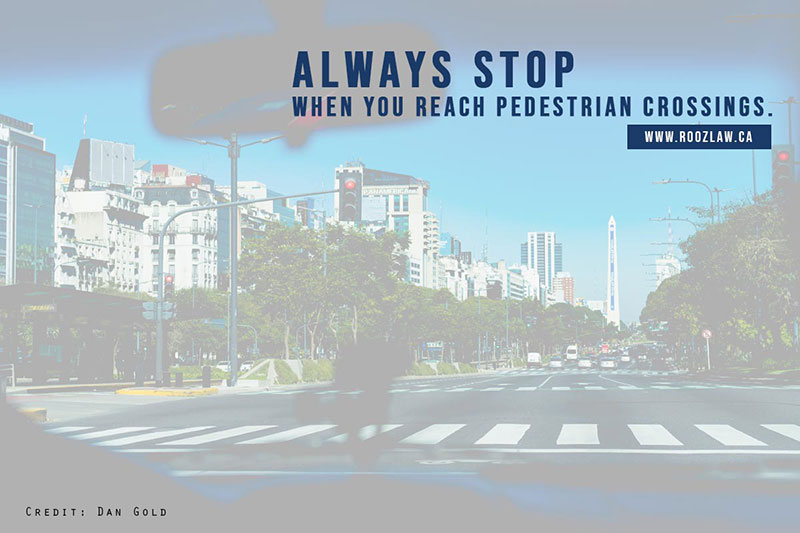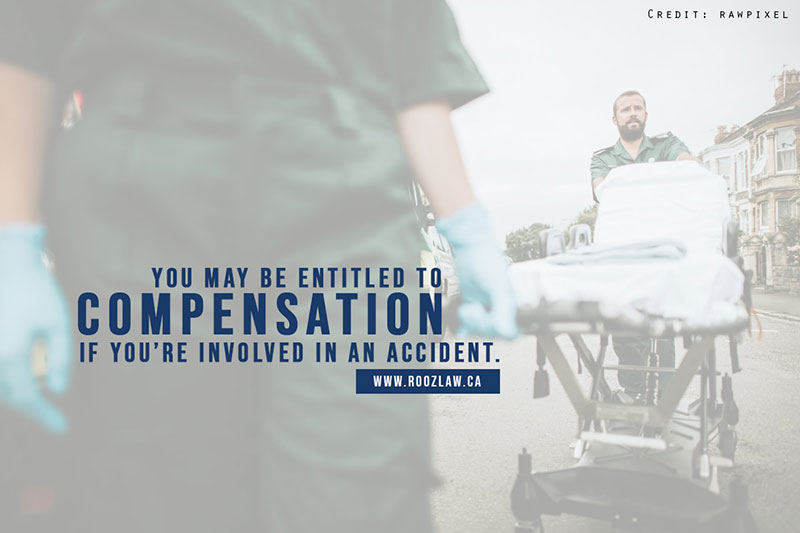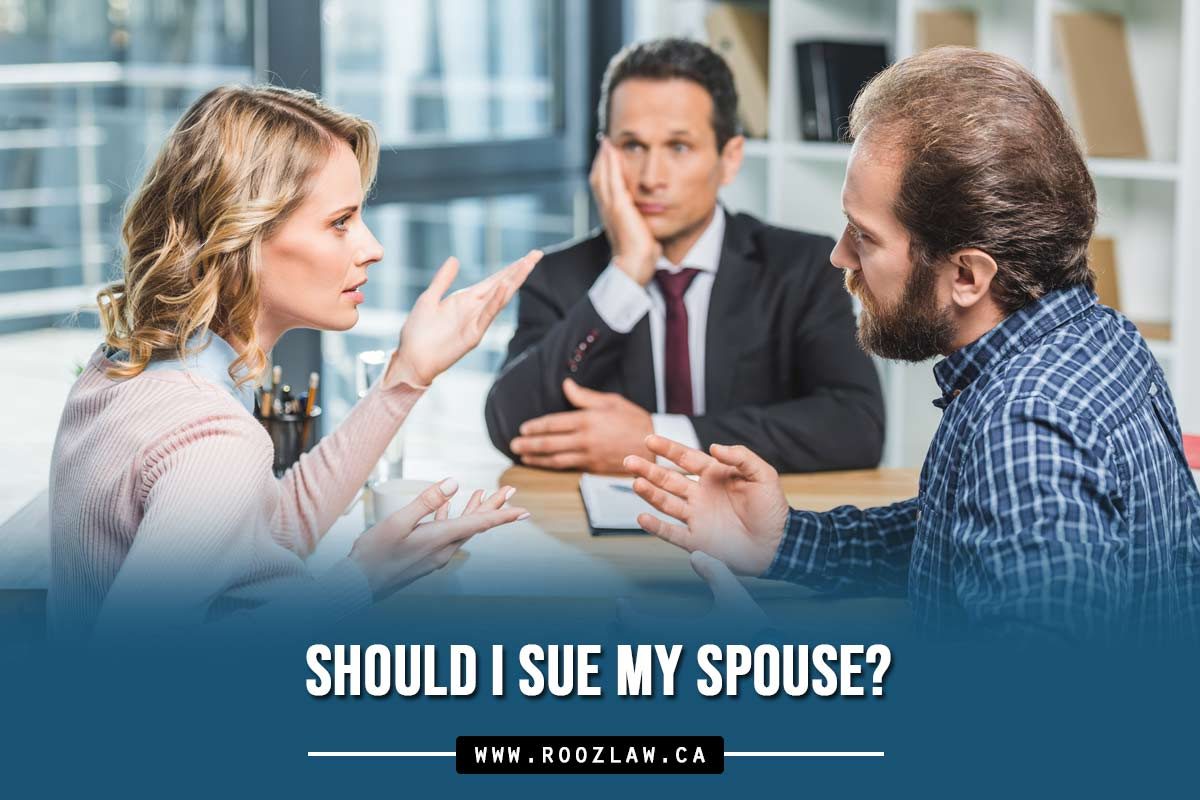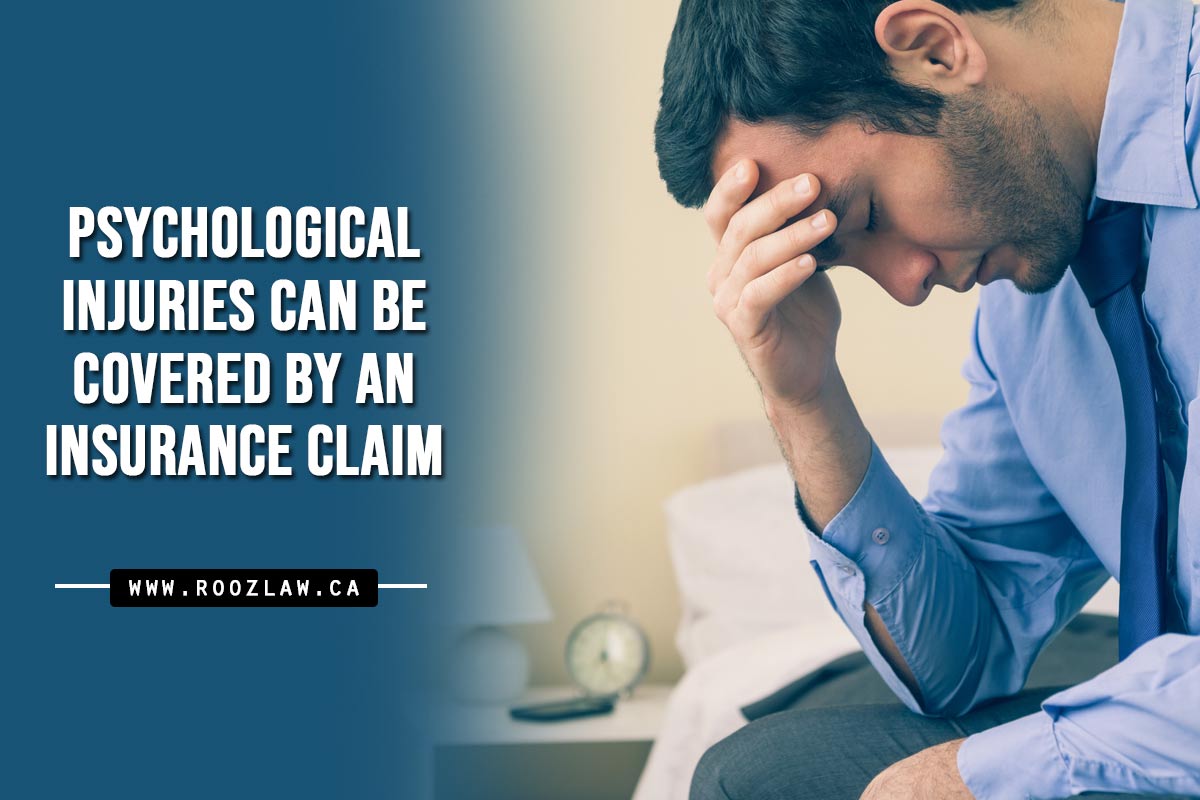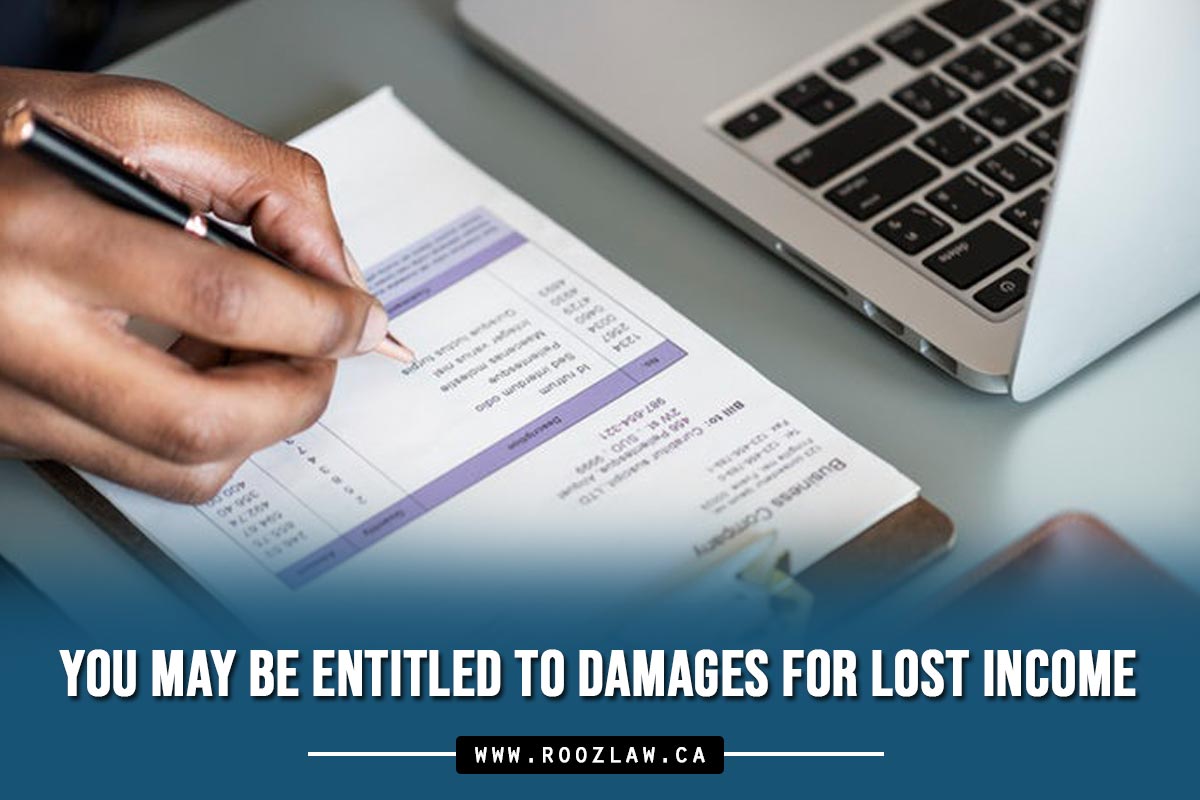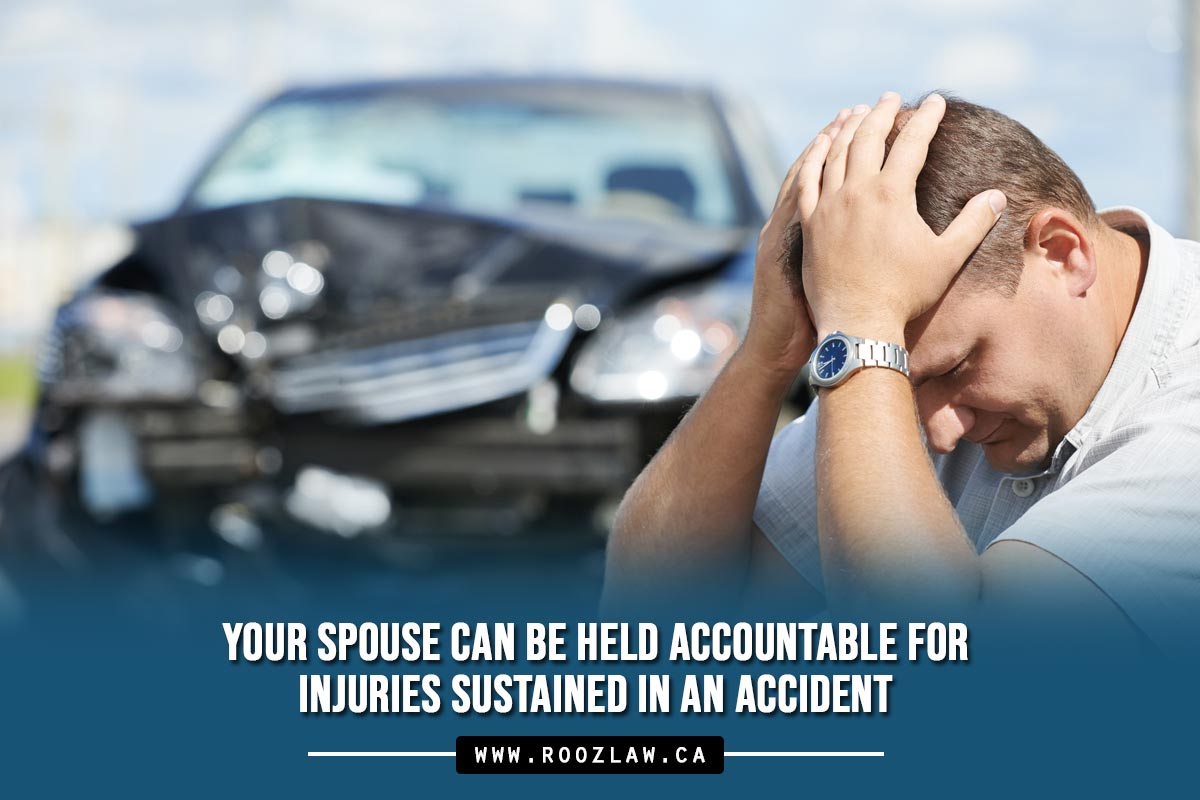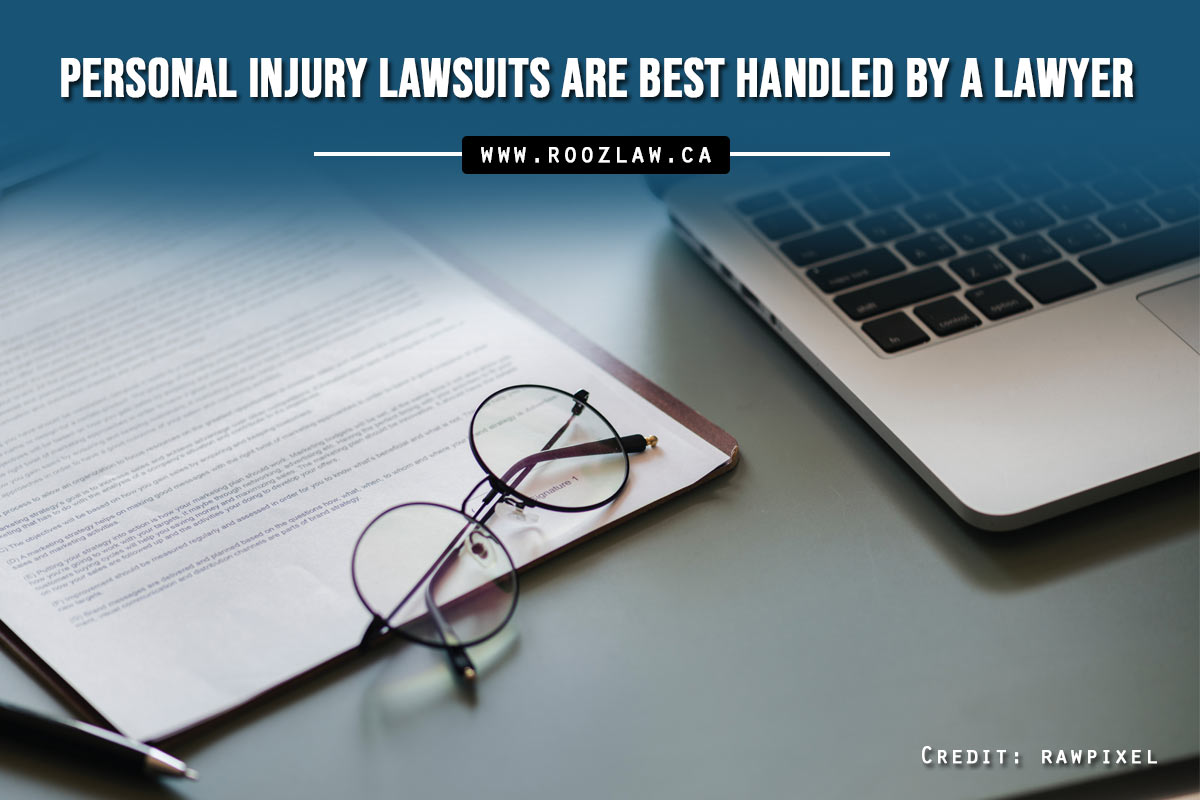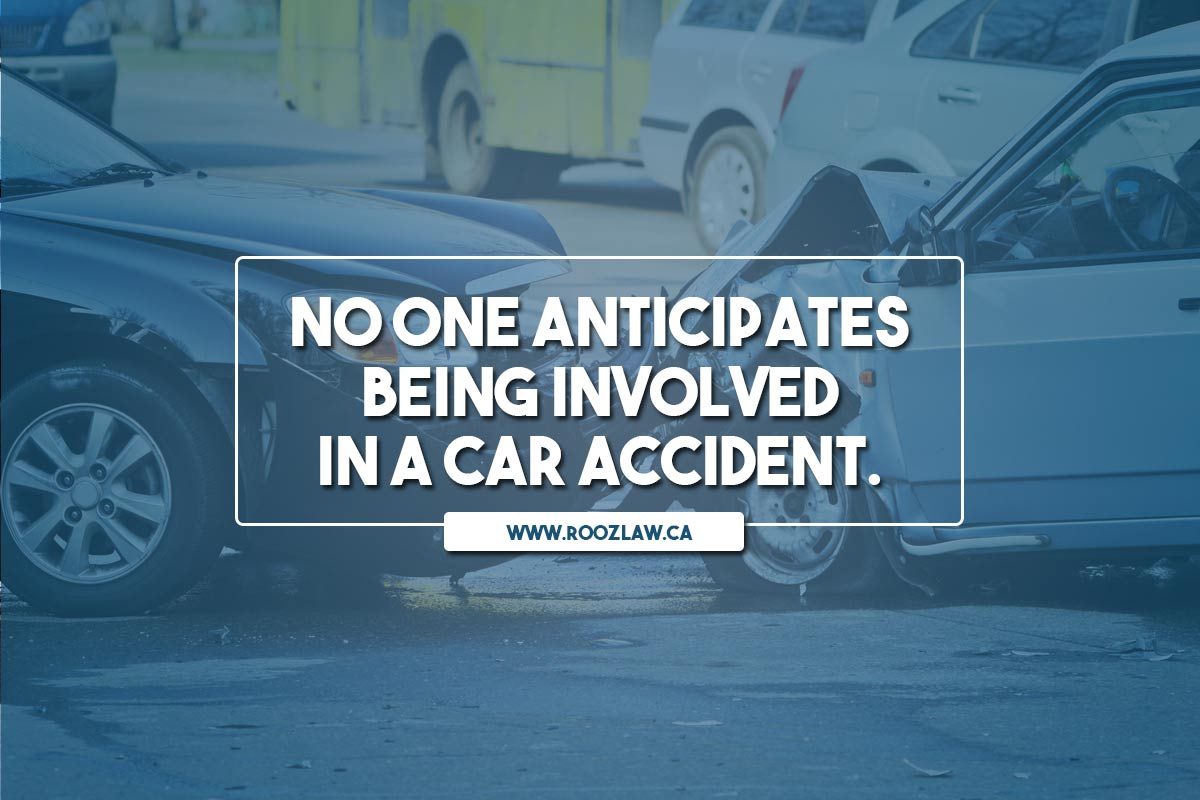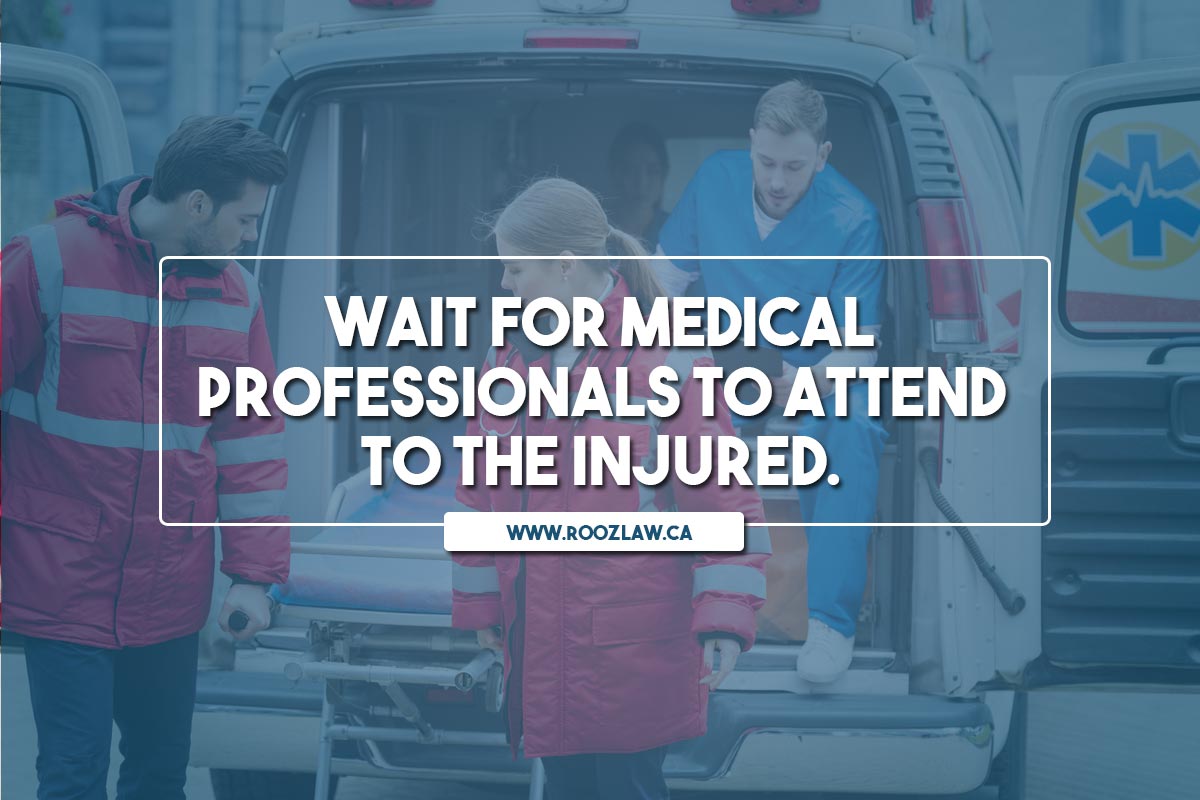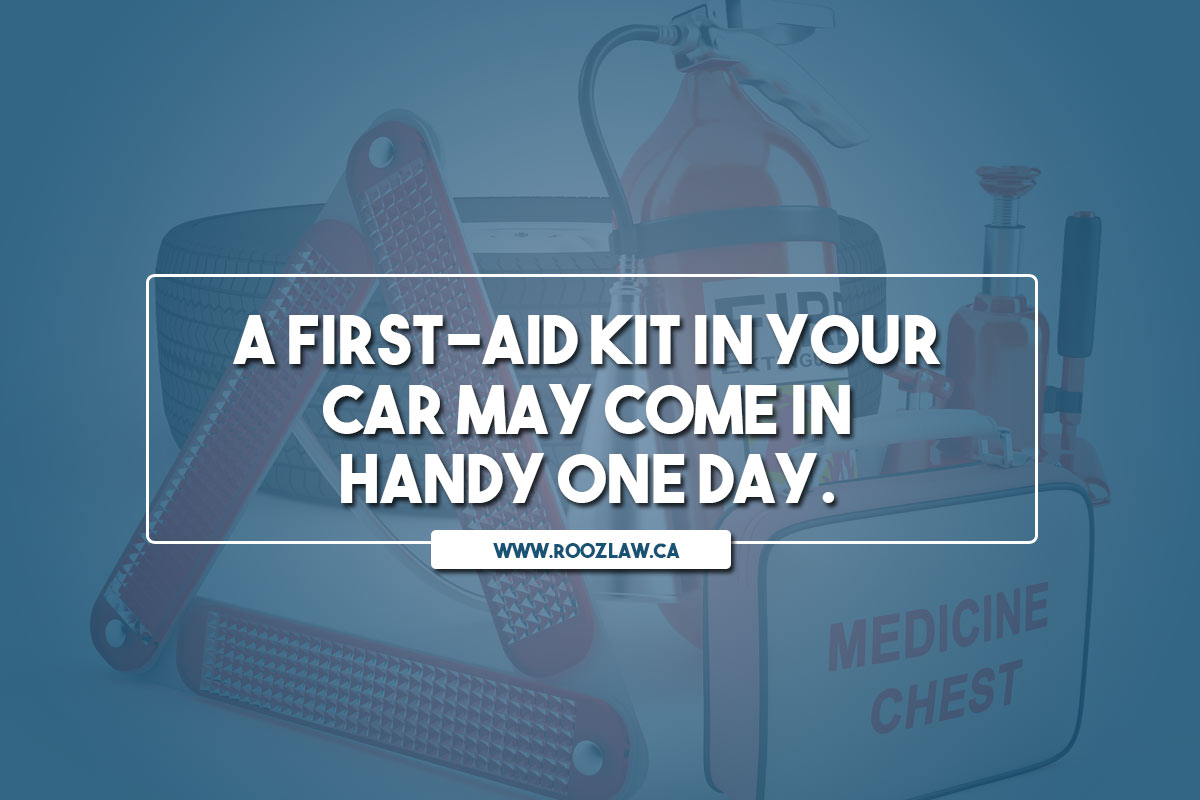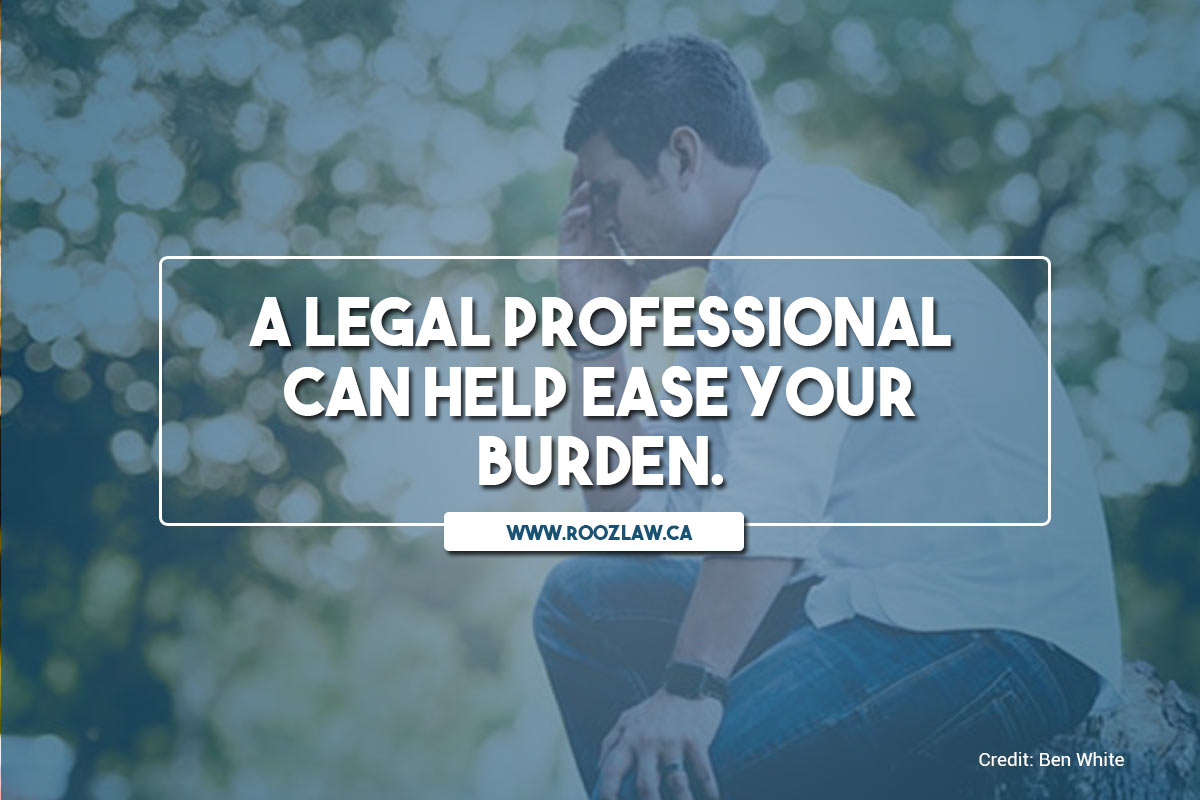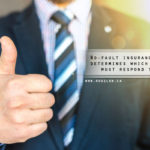Do you know thousands of people every year get injured due to defective products? Possibly, you’ve also bought several products with the expectation that they will perform as advertised. But you face disappointment later and at times even worse happen- you or someone you love gets injured due to that product. Sometimes a sunscreen may cause skin burns or a new vehicle may have defective airbags. When people get injured or suffer other damages because of a product they wonder if there is any recourse.
In the Canadian legal system, if you are injured by a defective product then you have a right to sue the manufacturer for compensation. This is known as product liability claims. The product liability claim can be made against the designer, manufacturer, wholesaler, distributor, importer, or retailer- whoever in the chain of distribution is liable for injury caused by a defective product.
Products containing inherent defects that can cause harm to the consumer are subject to a product liability claim. However, to receive compensation the plaintiff must prove that the product is defective. To prove this you will need to consult an experienced personal injury lawyer . But before you file your lawsuit, it’s best to first understand what types of product liability claims you can file suit for. There are a few different ways to prove that the product in question caused the damage or injury. There are three main ways that product liability claims can be approached:
- Design Defects
- Manufacturing Defects
- Marketing Defects
Design Defects
A product is first designed and then manufactured and marketed. Sometimes, a product is poorly designed or not properly tested which results in producing a faulty and dangerous product. Design defect product liability claims are those where damage is caused due to the product’s flawed design. In this type of products liability claim, the error is not caused at the manufacturing stage. Here the design of the entire line of products was inherently defective. When the design of a product is defective it poses a threat to consumers. For instance, the airbags of a car model are not thick enough to absorb the impact of a collision. Or maybe, its steering doesn’t work when the car is put into reverse. These are design defects that can cause severe harm to customers. In such cases, if you are involved in an accident and you sustained severe injuries, you will need to prove that the product is dangerous by design and that your injuries resulted from your use of this product.
Manufacturing Defect
Sometimes, product design is flawless but the error is made during the manufacturing process. When the manufacturer intentionally or unintentionally strays from the design it results in producing flawed products. This means that the product was properly designed but when these designs were assembled, an error was made. In such a case if a consumer suffers injury or any harm, he/she may file a claim against the manufacturer. In this type of product liability claim, the product that causes the injury differs slightly from all the identical products of its type that were being sold. Some manufacturing defects include using expired components, attaching parts incorrectly or faulty electric circuitry. For example, the bicycle you purchased had a cracked frame which injured you while riding it. This problem was in your bicycle and not in others because of the manufacturer’s negligence. Other examples of a manufacturing defect could be a defective batch of cough syrup or a car manufactured with defective tires.
To file a manufacturing defect product liability claim, you would need to prove that the injury has been caused by the manufacturing defect. It is noteworthy here that the manufacturer may not be accountable if the plaintiff altered the product which resulted in causing the injury. For instance, if you suffered an injury in a car accident due to a tire blowout, you would have to prove that the accident was caused because of defective tires and not due to your negligence.
Marketing Defects
When a company fails to provide proper warning about a product to their consumers, they may face a product liability lawsuit. Such product liability claims are known as product marketing defects or failure to warn. Here an error is made in the way a product is marketed to the public. When a product doesn’t provide enough warnings or instructions regarding how to use it with precaution, consumers may sustain an injury while using it. When the company prints proper directions of using a product, the consumers exercise extra caution while using it. However, when instructions and warning labels are absent, consumers may get harmed by the product and such claims fall into the category of marketing defects. Suppose, you fell ill because the energy drink you consumed reacted with your subsequent alcoholic drink. If an energy drink might cause harmful side effects when taken in combination with other alcoholic beverages, the company must mention this on the label. Similarly, you may file a failure-to-warn claim if a product is not safe for consumption by pregnant or lactating women.
The cases of failure to warn involve two basic components. The first one is insufficient instructions which might result in mishandling the product. The second type includes side effects of using a product such as medicines or beverages. In both cases, manufacturers have a responsibility to warn consumers about the dangerous characteristics of products. According to the legal guidelines, every company must clearly indicate the dangers involved in using their products. When a product doesn’t provide enough warnings or instructions and you sustain an injury due to this reason, you may file a case against the company.

